Not All Requests Are Created Equal And Here's Why
Service requests are a common way for customers to communicate their needs and problems to a service provider. However, not all service requests are the same. Some may be simple and straightforward, while others may be complex and ambiguous. They may be reports of troubles, needs, wants, or complaints. Therefore, it is vital to categorize service requests with types, services, and enriching details to improve the efficiency and quality of service delivery.
Types
Service requests can be classified into different types based on the nature and scope of the request. For example, some common types of service requests are:
- Incident: A service request that involves an unplanned interruption or degradation of a service or a service component.
- Problem: A service request that involves the root cause analysis and resolution of one or more incidents.
- Change: A service request that involves modifying or adding a service or a service component.
- Request: A service request that involves providing a standard or predefined service or a service component.
By adding and editing your types directly in the admin area, you make categorization quick and straightforward for your users.
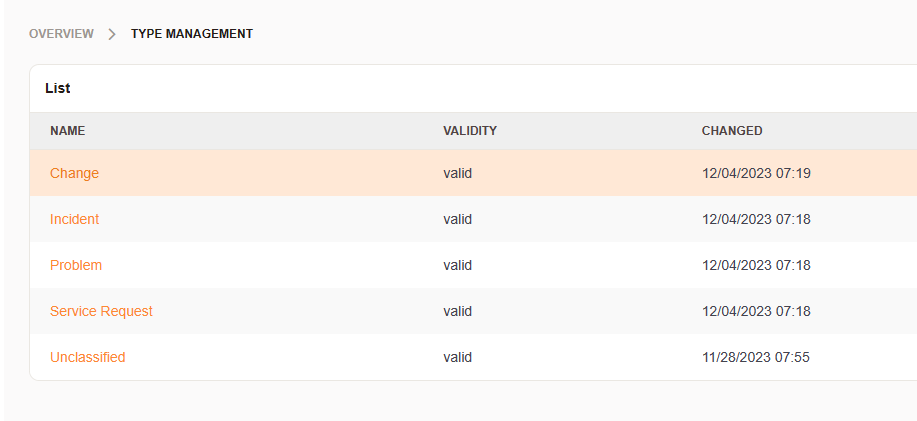
Categorizing your requests into types helps agents identify which requests need special attention and what the work will entail based on its category of work.

Services
Service requests can also be categorized by the services involved in fulfilling the request. For example, some common services that may be involved in service requests are:
- IT: A service that provides information technology solutions, such as hardware, software, network, security, etc.
- HR: A service that provides human resources solutions, such as recruitment, training, payroll, benefits, etc.
- Finance: A service that provides financial solutions, such as accounting, budgeting, auditing, etc.
- Marketing: A service that provides marketing solutions, such as branding, advertising, social media, etc.
Services are easily administered using the service administration module and related quick actions. Quickly add a service, then activate it for your customers individually or as a whole.
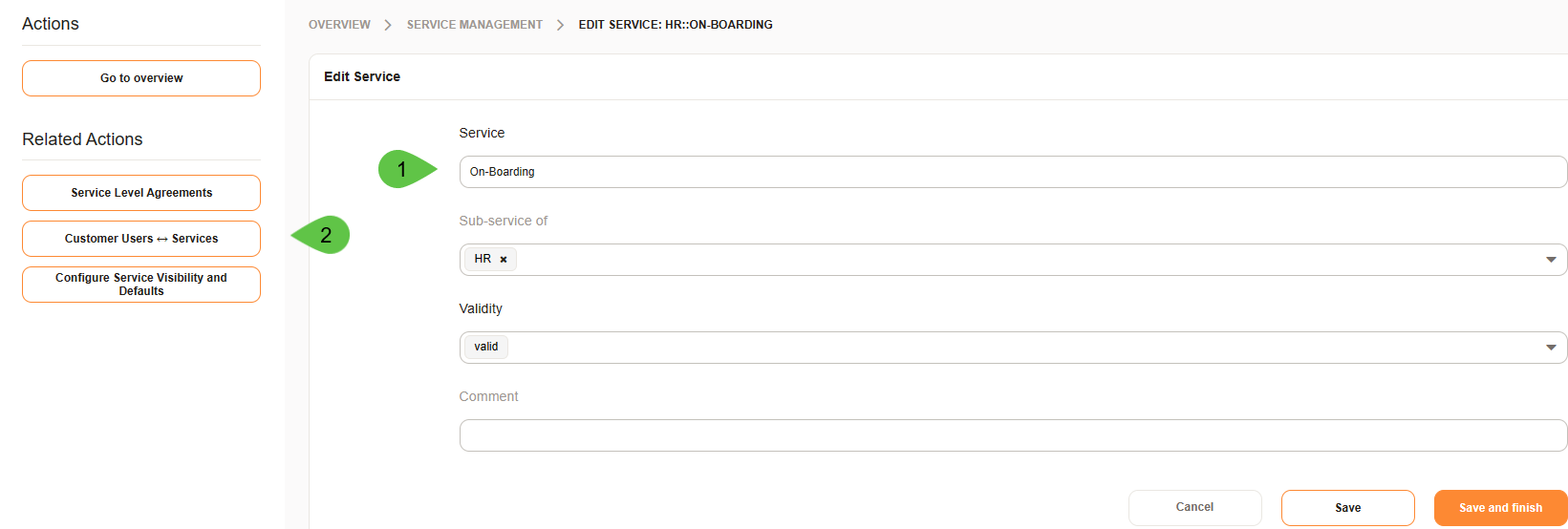
A special overview gives your users quick access to all service-related tickets for their area of operation.
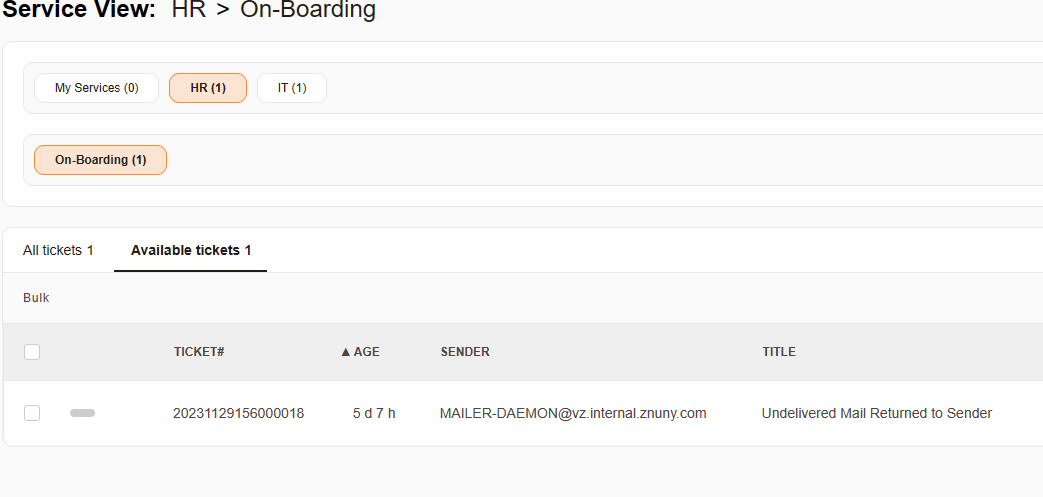
Enriching Details
Service requests can also be enriched with additional details that can help the service provider to understand and fulfill the request better. For example, some common enriching details of service requests are:
Current State
- Priority: A measure of the urgency and impact of the service request on the customer and the business.
- Status: A measure of the progress and completion of the service request.
Communications
Each service request starts with an initial communication. This and all the following communications contain enriching details about the customer's request.
- Title: A summary of the content of the message.
- Body: A long description of the steps taken or the initial report from the customer.
- Attachment: Files or documents containing relevant information or evidence for the service request.
Classification is not only highly visible in the ticket details but also quickly and logically accessible for modification by your agents.
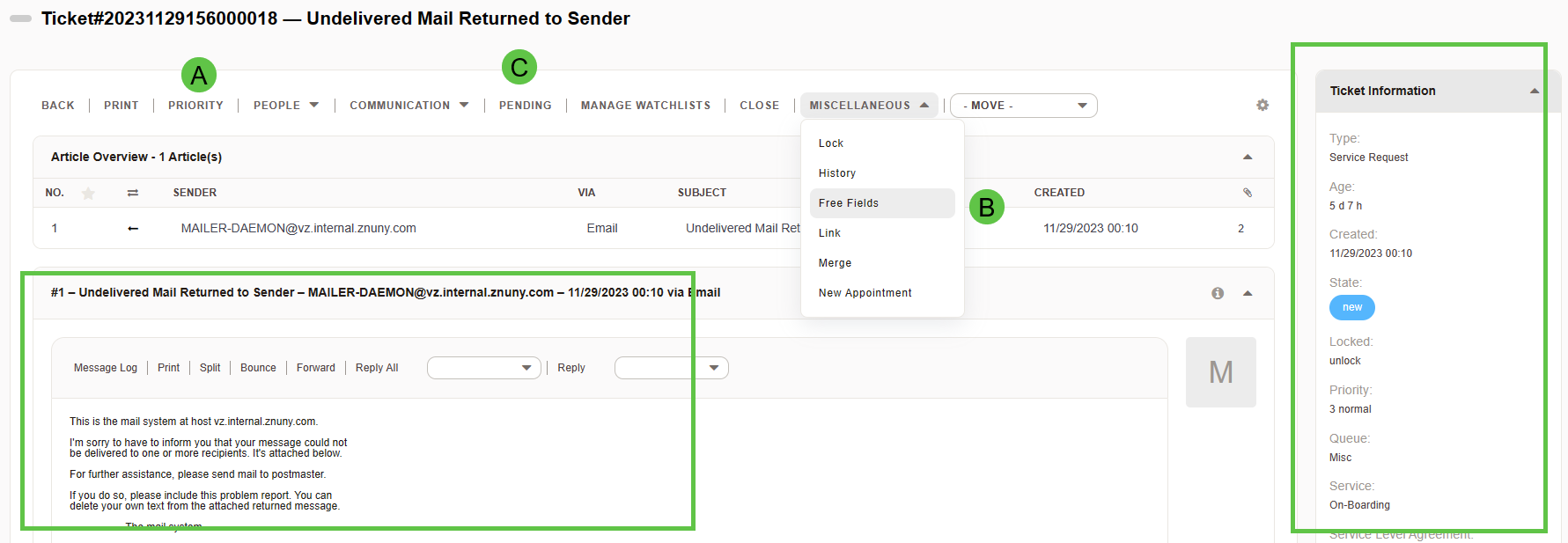
All the changes are clearly documented in the ticket history.
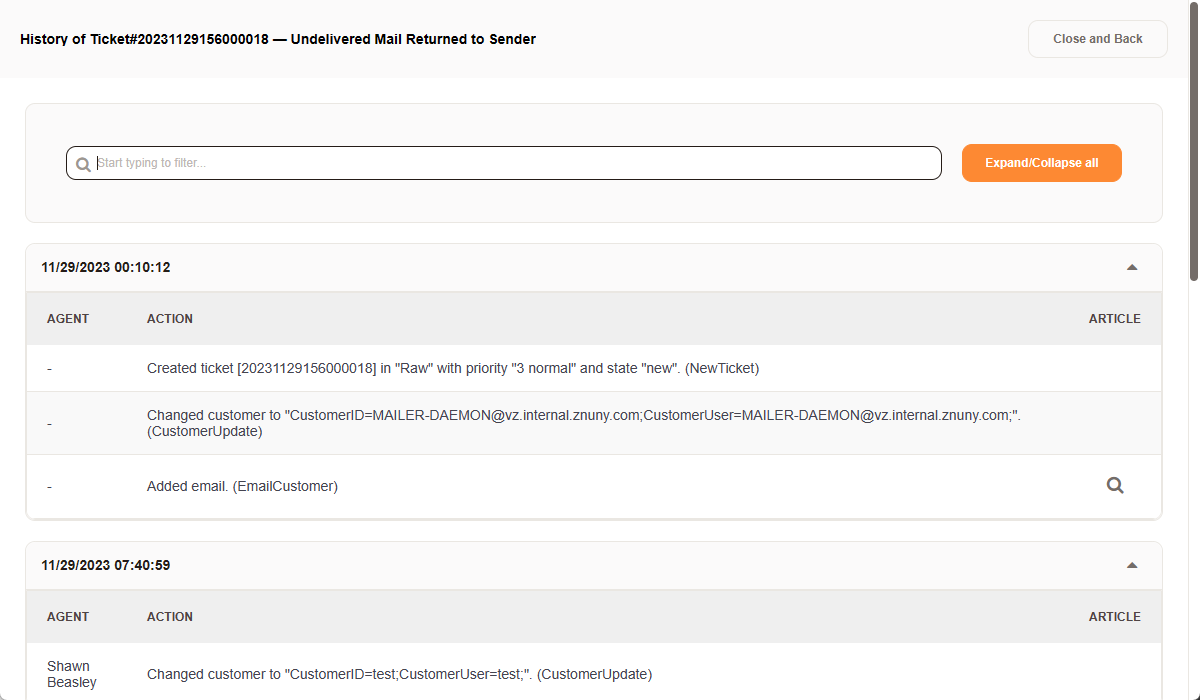
Conclusion
By categorizing service requests with types, services, and enriching details, service providers can improve their ability to manage and deliver services effectively and efficiently. This can result in higher customer satisfaction, lower costs, and better outcomes.
